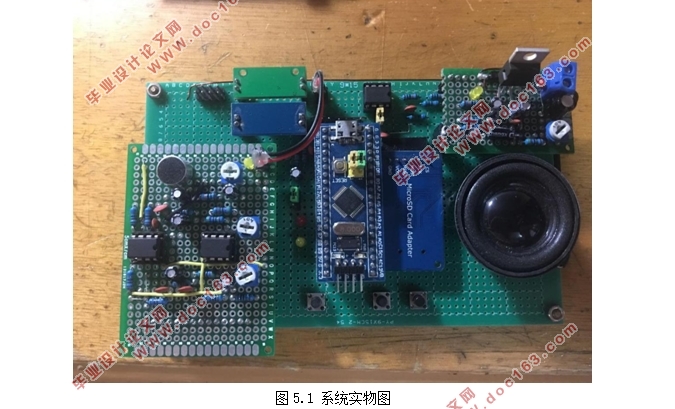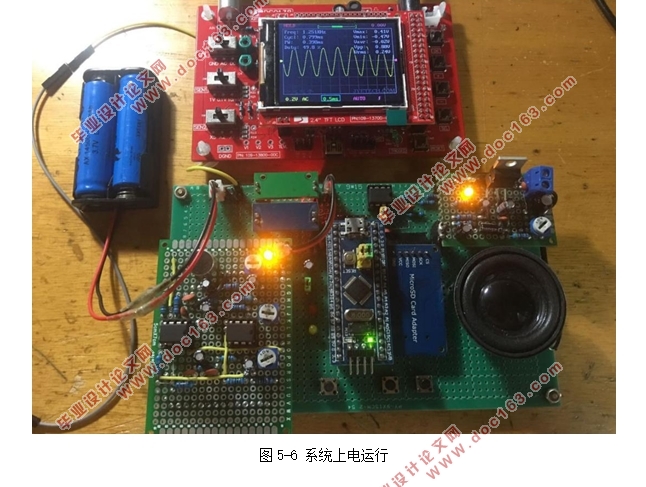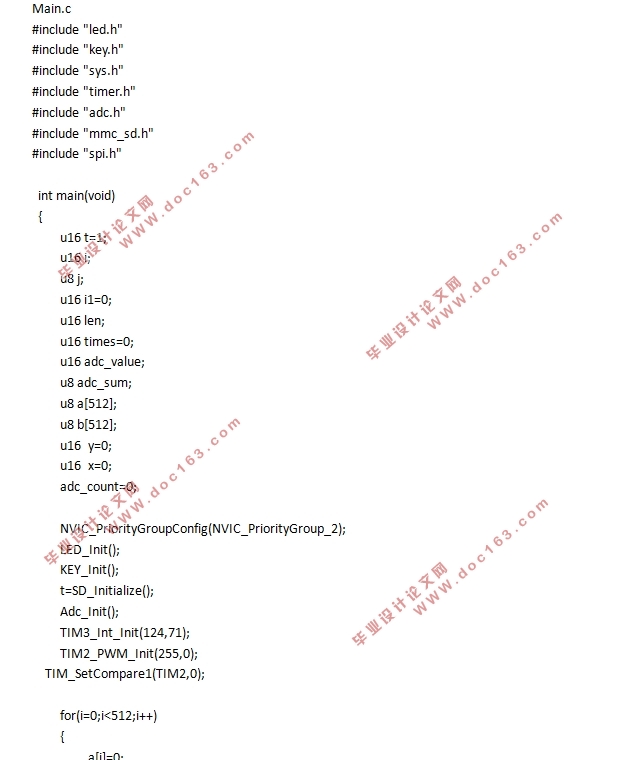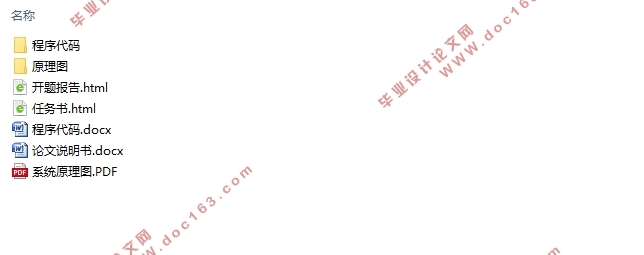基于单片机的语音存储和回放系统设计(附程序代码,原理图)

基于单片机的语音存储和回放系统设计(附程序代码,原理图)(任务书,开题报告,论文说明书15000字,程序代码,原理图)
摘要
近年来,随着电子技术和信息技术的不断发展,微型计算机技术的应用正在不断地改变着我们的生活,语音处理技术已成为一个比较热门的研究话题,该技术的广泛应用使得人类的生活越来越智能化。本次课题研究的内容是基于单片机的语音存储和回放系统的设计,通过单片机对语音信号的数字化处理,实现声音的录音和回放功能。该系统通过话筒进行声音的采集,然后利用放大电路和滤波电路对信号进行放大和滤波,最后通过单片机控制A/D转换,实现语音信号的数字化处理,把数据存储到SD卡中,从而完成了语音的存储。系统声音回放时,单片机采用同样的频率进行D/A转换,进行声音信号的恢复,再通过功率放大电路带动喇叭实现声音的播放。通过对系统软件和硬件的合理设计,不断的调试和优化系统,就可以实现声音的录音和播放功能,完成系统设计任务。
关键词:单片机、SD卡、语音、滤波器
Abstract
In recent years, with the continuous development of electronic technology and information technology, the application of micro-computer technology is constantly changing our lives, voice processing technology has become a relatively popular research topic, the wide application of the technology makes the life of human To the more intelligent. The content of this research is based on the single-chip voice storage and playback system design, through the single-chip voice signal digital processing, to achieve voice recording and playback capabilities. The system through the microphone for sound collection, and then use the amplifier circuit and filter circuit to amplify and filter the signal, and finally through the microcontroller control A/D conversion, to achieve digital processing of voice signals, the data stored in the SD card, thus completing the Voice storage. System sound playback, the microcontroller uses the same frequency for D/A conversion, the sound signal recovery, and then through the power amplifier circuit to promote the speaker to play the sound. Through the system software and hardware reasonable design, continuous debugging and optimization system, you can achieve the sound recording and playback functions, complete the system design tasks. [资料来源:Doc163.com]
Keywords: single chip, SD card, voice, filter
[资料来源:http://Doc163.com]





目录
第1章 绪论 1
1.1课题背景和研究的意义 1
1.2课题研究的现状 1
1.3课题研究的主要内容 2
第2章 系统方案的论证和设计 3
第3章 系统的硬件设计 5
3.1 麦克风电路 5
3.2 前置放大电路 6
3.3 滤波器电路 7
3.4 单片机控制电路 9
3.5 A/D转换电路 11
3.6 D/A转换电路 11
3.7 末级功率放大电路 14
3.8 存储器电路 15
3.9 电源电路 16
3.10 按键和LED指示灯 17
第4章 系统的软件设计 18
4.1 程序总流程图 18
4.2 子程序设计 20
4.2.1 定时器程序 20
4.2.2 A/D转换程序 21
4.2.3 D/A转换程序 21
4.2.4 SD卡读写程序 22
[来源:http://www.doc163.com]
4.2.5 SPI通讯 23
4.3主程序的设计 24
第5章 系统调试 26
5.1 硬件电路的搭建和焊接 26
5.2 语音输入模块的调试 27
5.3 语音输出模块的测试 28
5.4 系统录音和播音测试 30
总结 32
致谢 33
参考文献 34
附录A 原理图 35
